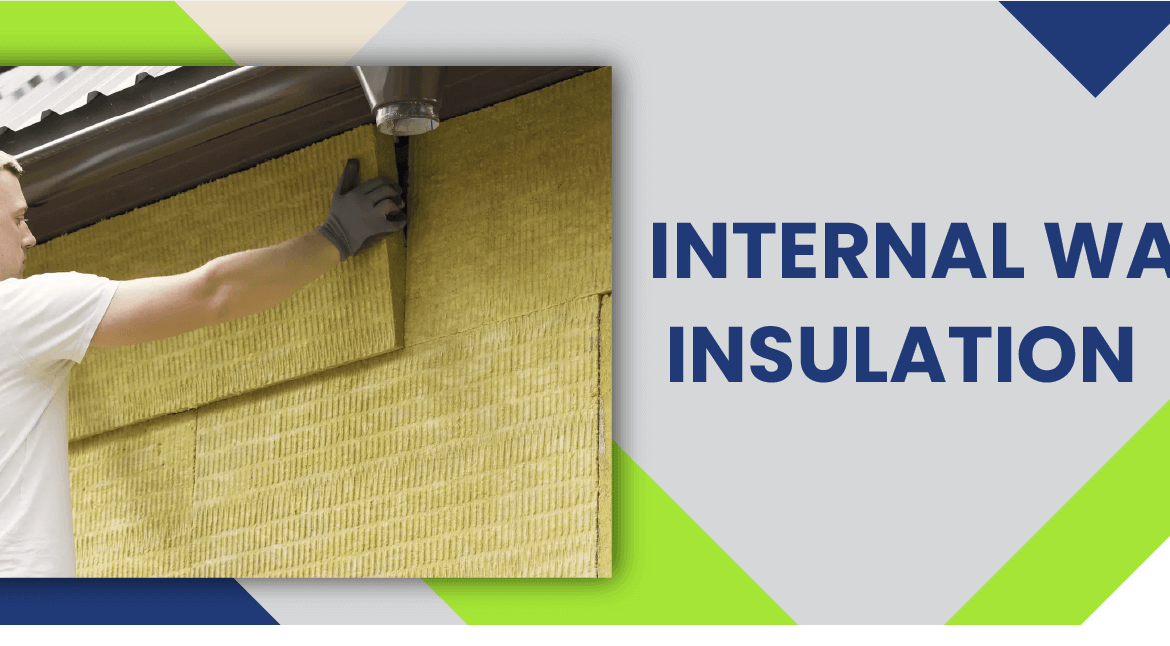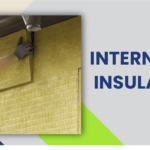Internal Wall Insulation can be used for commercial and residential properties, as it enhances indoor comfort and energy efficiency. There are several options for insulating interior walls, each aimed at reducing heat transfer, enhancing sound quality, or improving fire safety.
Discover the advantages and cost savings of using Manchester Energy Grants for interior wall insulation.
What is the purpose of internal wall insulation?
Installing top-notch interior wall insulation is an excellent way to preserve great air circulation, guard against fire hazards, and enhance sound quality.
Not only does it boost energy efficiency, but it also creates a comfortable living or working space for all types of interior walls:
1• Partition walls – are non-structural walls used to divide a room and are often made of wood or metal studs with a plasterboard finish.
2• Dry lining walls – Similar in construction to partition walls, these are installed inside the outer wall to enhance comfort.
3• Separation walls: Party walls divide adjacent flats, houses, and rooms in residential properties.
Internal Insulation installations can be more convenient and practical for properties like flats. Our products won’t affect the exterior appearance, for example, with dry lining walls, where insulation can be put in place before covering it with cladding and painting.
Benefits of installing Internal wall Insulation
1. Improved Energy Efficiency: Internal insulation helps reduce heat loss, leading to lower energy bills and a more sustainable home or business.
2. Enhanced Comfort: Internal wall insulation helps maintain a comfortable temperature throughout the year by keeping warm and cold air in.
3. Fire Safety: Insulating internal walls help reduce the risk of fire spread, providing a safer living or working environment.
4. Better Acoustics: Interior wall insulation can improve sound quality, making it ideal for homes, offices, or other environments where noise levels must be controlled.
5. No External Impact: Unlike external wall insulation, this insulation does not change the appearance of the building and has no impact on the surrounding area.
6. Easy Installation: It can be installed quickly and easily, with minimal disruption to daily life.
7. Increased Property Value: A well-insulated property is more attractive to potential buyers and can increase the overall value of the property.
Why choose Manchester Internal Wall Insulation?
Our products can be used in many properties, from residential homes to commercial buildings and industrial settings. It reduces energy loss and helps lower energy bills, making it an economical choice.
Manchester Energy Grants provides comprehensive technical support and expert guidance, ensuring you get the right insulation solution.
FAQ’s
What is internal wall insulation?
It is a process of insulating the interior walls of a building to improve energy efficiency and reduce heating costs. The insulation material is installed inside the walls, helping retain heat within the building.
What materials can be used for internal wall insulation?
Common materials used for insulation include fiberglass, mineral wool, and foam board insulation. The choice of material will depend on factors such as wall construction, building type, and desired level of insulation.
Can internal wall insulation be fitted to any wall?
Most types of internal walls can be insulated. Still, the suitability of a wall for internal insulation will depend on factors such as its thickness, type of construction, and any services running behind it, such as pipes or electrical cables. Sometimes, altering the wall to accommodate the insulation may be necessary.
How is internal insulation installed?
Internal insulation is typically fitted by our professionals, fixing insulation panels to the inside of the wall with adhesive or mechanical fixings. The panels are then sealed at the edges to prevent heat loss.
Is internal wall insulation disruptive to install?
Installing wall insulation can be disruptive, as it requires access to the inside of the walls, which may involve removing and replacing fixtures and fittings. It is also essential to prevent damage to any services running behind the walls, such as pipes or electrical cables.
How long does internal wall insulation last?
The lifespan of our wall insulation has at least 25 years.
Is insulation suitable for historic buildings?
In some cases, internal insulation can be suitable for historic buildings. Still, it is essential to consider the type of wall construction and any constraints posed by the building’s age and status. It may be necessary to seek the advice of a specialist in the field of historic building conservation.
Are there any grants available for internal wall insulation?
Grants for interior wall insulation are available on our website. It is worth checking to see if you are eligible for grants or financial assistance. Our all grants are Government funded.








 Boiler Grant
Boiler Grant